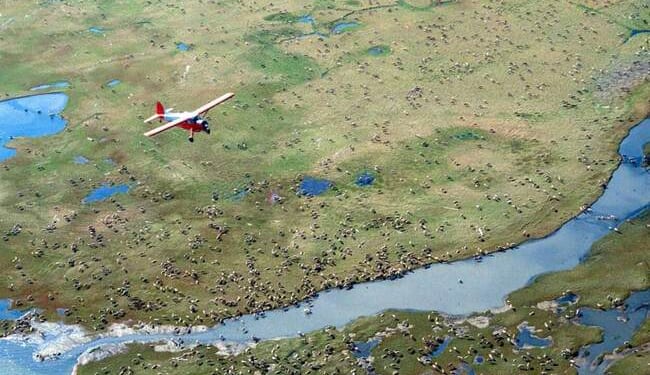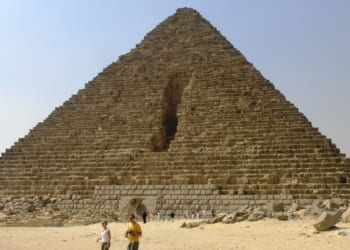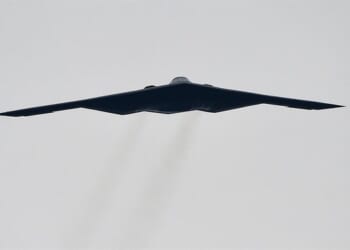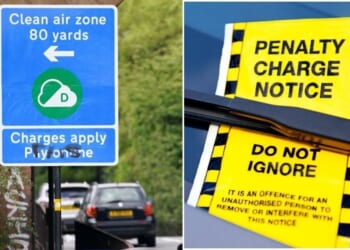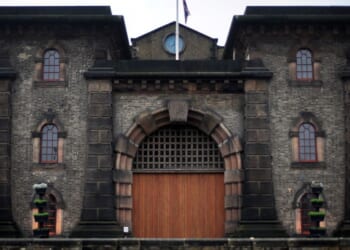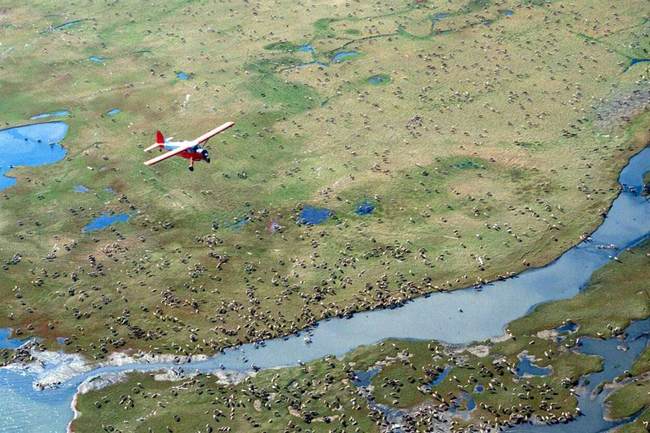
It’s final: On Thursday, Secretary of the Interior Doug Burgum announced that Alaska’s Arctic National Wildlife Refuge (ANWR) will be the site of at least four oil-drilling leases in the next few years. But, as is always the case, there may be some opposition.
The Trump administration on Thursday finalized plans to open the coastal plain of Alaska’s Arctic National Wildlife Refuge to potential oil and gas drilling, renewing a long-simmering debate over whether to drill in one of the nation’s environmental jewels.
U.S. Interior Secretary Doug Burgum announced the decision Thursday that paves the way for future lease sales within the refuge’s 1.5 million-acre ( 631,309 hectare) coastal plain, an area that’s considered sacred by the Indigenous Gwich’in. The plan fulfills pledges made by President Donald Trump and congressional Republicans to reopen this portion of the refuge to possible development. Trump’s bill of tax breaks and spending cuts, passed during the summer, called for at least four lease sales within the refuge over a 10-year period.
The Natives of the region do consider that land to be sacred, but they also stand to gain a lot of good-paying jobs out of the expansion of Arctic oil development. There’s another Native group that actually lives within the refuge who are of a different mind; they want the jobs.
Leaders in Indigenous Gwich’in communities near the refuge consider the coastal plain sacred, noting its importance to a caribou herd they rely upon, and they oppose drilling there. Leaders of Kaktovik, an Iñupiaq community within the refuge, support drilling and consider responsible oil development to be key to their region’s economic well-being.
Regardless of these issues, it looks like the leases will now move forward.
This is the same area, where leases were cancelled by the Biden administration, until a federal judge ruled that the administration had no authority to cancel the program.
Read More: Alaskans Challenge Biden Administration’s Cancellations of ANWR Leases
The United States Geological Survey estimates there are 7.7 billion barrels of oil under ANWR that are recoverable with current drilling technology. This is another step in opening up America’s treasure chest, in so doing exchanging relatively small areas of land for development, set against the vast expanse of the untouched Great Land – in return for economic prosperity, including to the communities that live in the region.
That seems like a win-win.
Read More: Energy Win: Alaska’s NPR-A Is Open for Business
Drill, Baby, Drill: Arctic National Wildlife Refuge Now Open to Drilling
Arrangements for a new road from Cold Bay to King Cove are also moving forward. The two settlements are on the Alaska Peninsula, almost to where it begins to break up into the Aleutian Islands.
Burgum on Thursday announced completion of a land exchange deal aimed at building the road that would run through Izembek National Wildlife Refuge. King Cove residents have long sought a land connection through the refuge to the all-weather airport at Cold Bay, seeing it as vital to accessing emergency medical care. Dunleavy and the congressional delegation have supported the effort, calling it a life and safety issue.
It’s an exciting time to be an Alaskan. The drilling and mining efforts now getting underway will bring a lot of jobs to the area, as a rising tide that will lift all of Alaska’s boats. The Great Land may well be about to see another boom, and unlike the great gold rushes, this one will have a lot less diphtheria.
Editor’s Note: President Trump is leading America into the “Golden Age” as Democrats try desperately to stop it.
Help us continue to report on President Trump’s successes. Join RedState VIP and use promo code FIGHT to get 60% off your membership.

